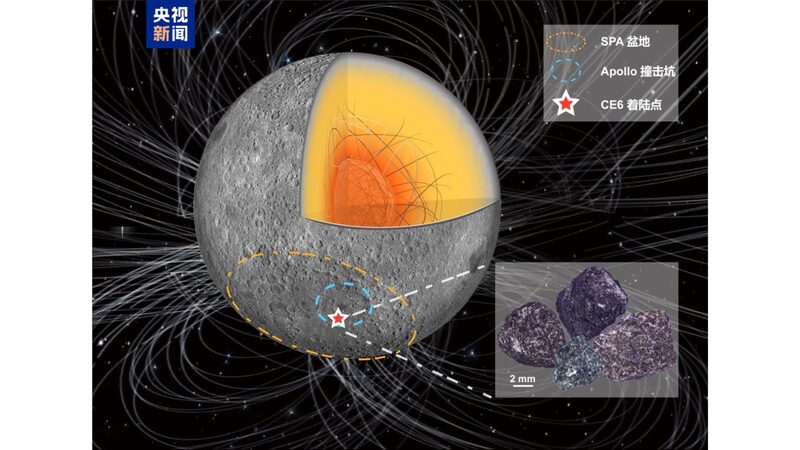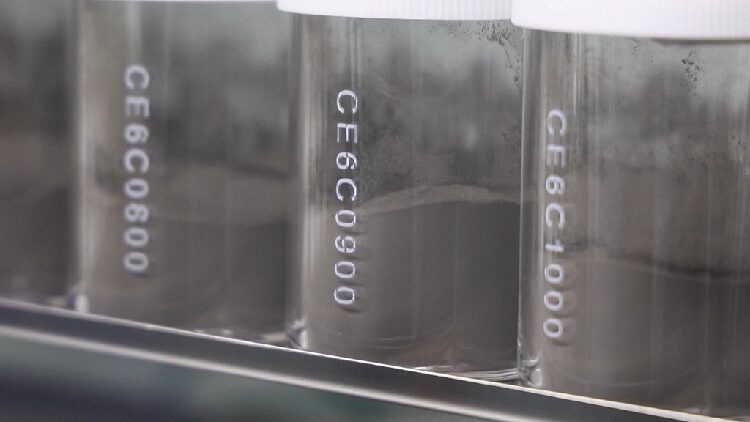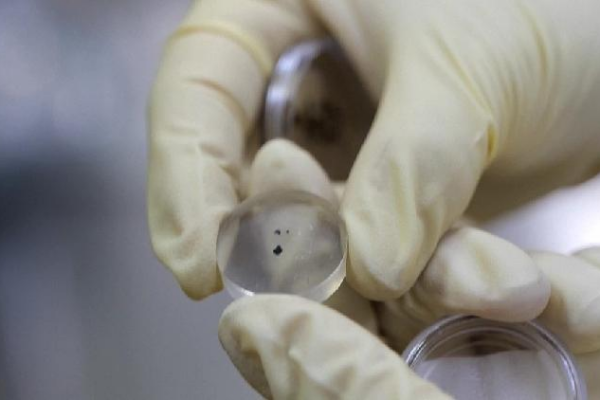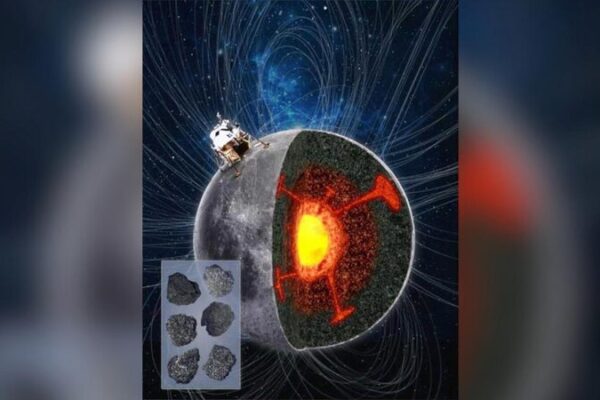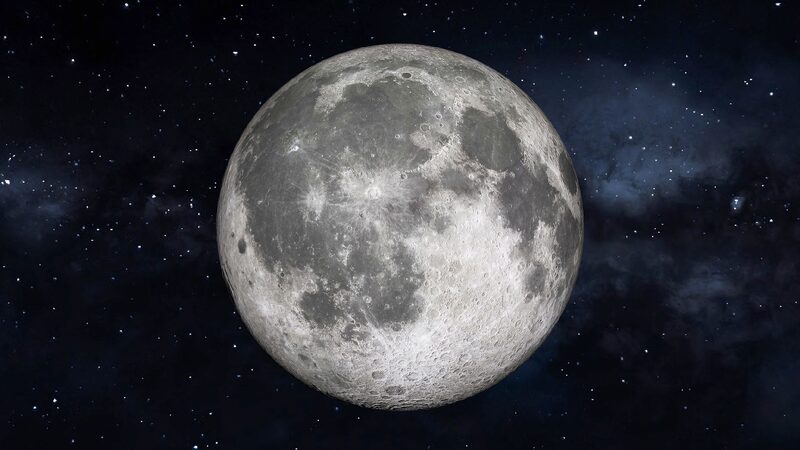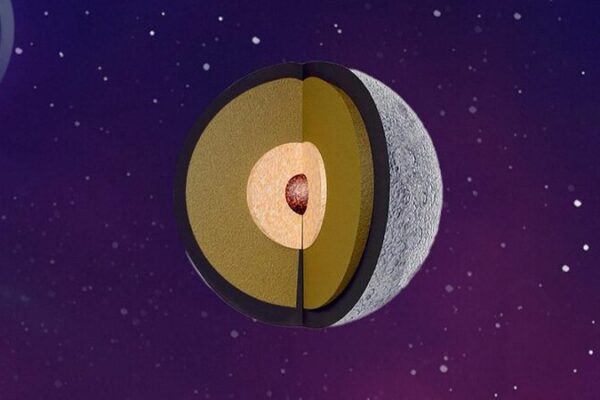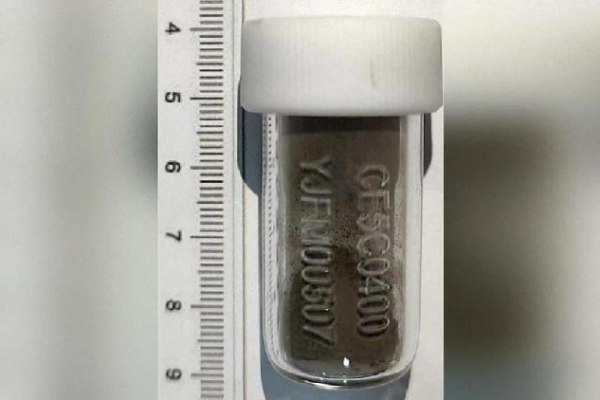The moon is revealing new secrets, thanks to rock samples collected by China’s Chang’e-6 lunar mission. Scientists have discovered that the moon’s magnetic field experienced a surprising comeback 2.8 billion years ago, after previously weakening around 3.1 billion years ago.
This groundbreaking finding challenges what we thought we knew about the moon’s history. Before, scientists believed that once the moon’s magnetic field weakened, it stayed low. But the new data suggests there was a resurgence in strength.
The research, published in the journal Nature, marks the first time paleomagnetic data has been obtained from the moon’s far side. This data helps us understand the lunar dynamo—a process that generated the moon’s magnetic field in the past.
Chang’e-6 made history by bringing back 1,935.3 grams of lunar samples from the moon’s far side, a region that hadn’t been explored before. Researchers from the Institute of Geology and Geophysics under the Chinese Academy of Sciences analyzed four basalt fragments from these samples.
The team discovered an increase in the ancient magnetic field’s strength, suggesting that the lunar dynamo was reactivated after its initial decline. The resurgence might have been caused by changes in the dynamo’s energy sources or a revival of its driving forces.
Understanding how the moon’s magnetic field evolved is important. It can tell us more about the moon’s internal structure, how it cooled down over time, and the environment on its surface.
“This discovery fills a billion-year gap in our knowledge of the moon’s magnetic history,” said Cai Shuhui, a researcher at the institute and the study’s lead author.
The findings build on previous discoveries from Chang’e-6. Earlier studies reported two volcanic events on the moon’s far side and confirmed that samples collected are about 2.83 billion years old, indicating volcanic activity during that time.
Reference(s):
Chang'e-6 moon samples unveils surprising magnetic field resurgence
cgtn.com
